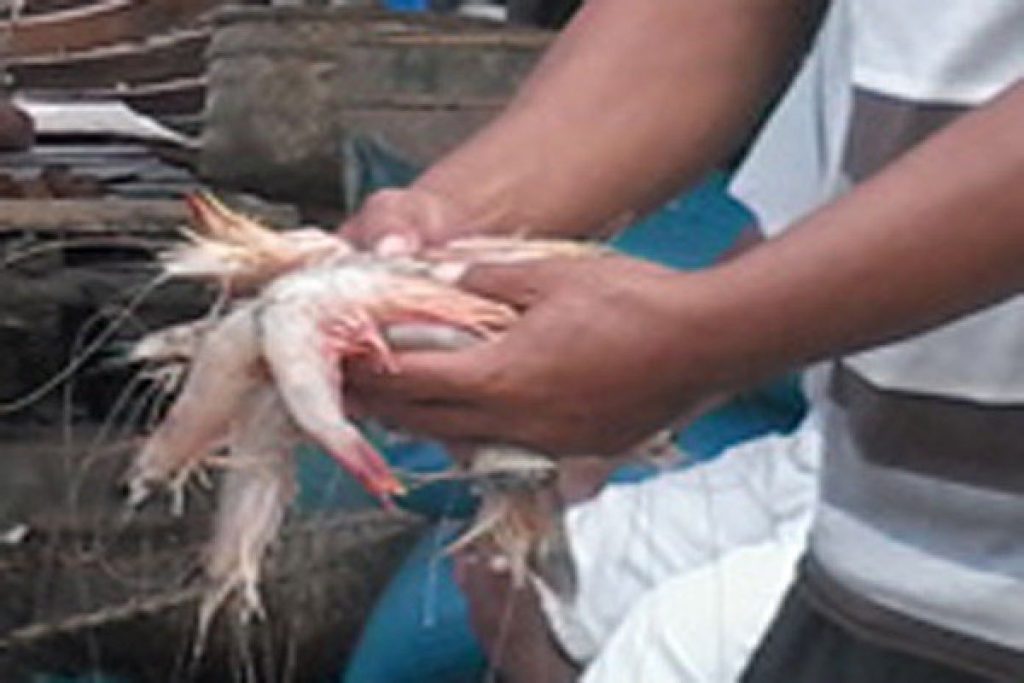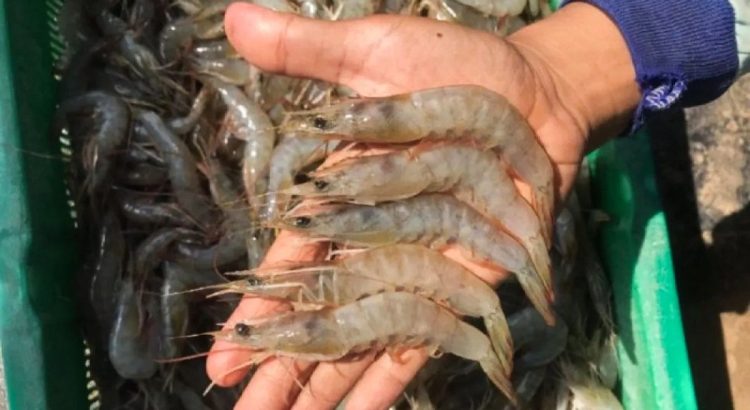ABGX – Indonesian Seafood Industry faces tighter scrutiny from the United States as new import rules aim to improve safety and transparency. The Food and Drug Administration now applies more rigorous inspection standards to seafood coming from Indonesia. Exporters must show clear documentation on processing, hygiene, and product origins. These regulations come after global concerns about seafood contamination and food safety. Many Indonesian exporters view this policy as both a challenge and an opportunity to modernize their systems. By improving testing methods and adopting global certification, they hope to maintain their market access in the U.S. The initiative also encourages stronger cooperation between the government and industry players to strengthen the national seafood trade network.
“Read More: Try These Unique Apps Shaking Up the Market”
Impact of New Rules on Indonesian Exporters

The updated regulations are pushing Indonesian exporters to adjust their strategies. Many businesses are upgrading processing facilities and cold chain systems to comply with stricter standards. While the new policy increases short-term operational costs, it can also boost long-term competitiveness. Exporters are investing in new technologies that ensure higher product traceability and freshness. Some companies have even partnered with research institutions to develop eco-friendly packaging and safer preservation methods. These efforts aim to meet U.S. expectations while also appealing to environmentally aware consumers. The government continues to support small-scale exporters with training and funding programs to keep them aligned with international standards.
Government Response to the Stricter Regulations
The Indonesian government is taking swift action to ensure that seafood exports remain stable under new U.S. policies. Ministries related to trade, fisheries, and food safety are coordinating to strengthen export procedures. Officials have launched inspection programs and advanced testing labs to monitor product quality before shipment. These steps help minimize risks of rejection and maintain Indonesia’s reputation as a trustworthy seafood source. In addition, the government encourages exporters to participate in certification schemes like HACCP and ISO to prove compliance. Through education and supervision, authorities aim to turn this challenge into a stepping stone for modernizing Indonesia’s seafood industry. The new regulations, while demanding, create motivation to adopt better management practices across the sector.
“Read About: Indonesia Faces Radioactive Contamination What Happened”
Market Diversification and Business Opportunities
The stricter import rules have inspired many Indonesian exporters to seek new opportunities beyond the U.S. market. They are exploring potential partnerships in Japan, South Korea, and Europe where demand for premium seafood continues to rise. This diversification helps reduce reliance on one export destination and spreads risk more evenly. Exporters are also focusing on adding value by processing seafood into ready-to-cook or premium packaged products. Such strategies increase profitability and make Indonesian seafood more appealing globally. Moreover, digital trade platforms are being used to expand online sales and reach new buyers. These innovations show that the industry is not only adapting but also evolving to meet changing global demands.
Future Outlook for the Indonesian Seafood Industry
The future of the Indonesian Seafood Industry looks promising despite current challenges. The combination of stricter regulations and technological adaptation is driving the sector toward higher quality and sustainability. Exporters who successfully adjust will gain better access to international markets and build long-term trust with global buyers. Continuous investment in modern facilities, traceability systems, and training will enhance product value and market reputation. Indonesia’s focus on innovation and collaboration can turn these new requirements into opportunities for growth. As the world moves toward more transparent trade practices, Indonesia is well-positioned to become a leading example of sustainable seafood production and export success.
Building Consumer Trust Through Quality Assurance
Building consumer trust is now the central goal for every exporter in Indonesia’s seafood sector. The new U.S. rules serve as a reminder that consistent quality and transparency are essential in global trade. Companies are developing better communication with buyers and providing detailed reports about sourcing and production. This transparency not only fulfills regulatory demands but also builds stronger relationships with importers and consumers. By prioritizing safety and integrity, Indonesian seafood producers are setting higher standards for their industry. In time, this commitment to excellence will ensure that Indonesia remains a respected name in the world seafood market.



